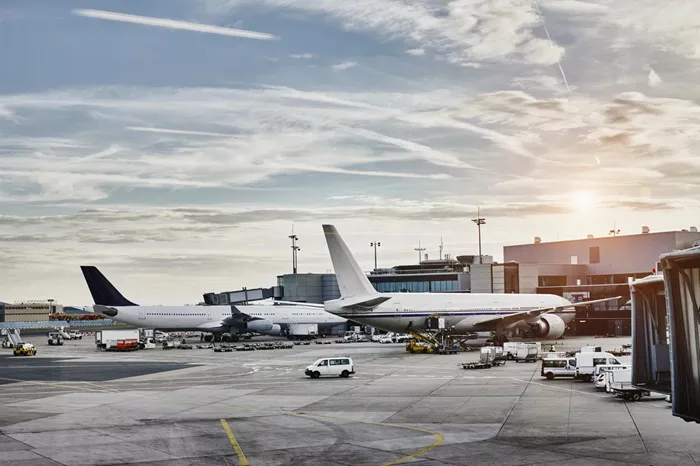The International Air Transport Association (IATA) has issued a stark warning about the growing airport capacity crisis, which it says is restricting people’s ability to travel and hindering economic growth. According to IATA’s recent white paper, there is limited potential for airport infrastructure to fully meet the increasing demand for air travel.
The paper highlights that nearly 400 airports worldwide are currently unable to meet demand for air connectivity and require slot coordination, a figure that could increase by 25% over the next decade if current trends continue.
Europe provides a clear example of the issue’s severity, with Airports Council International (ACI) Europe predicting that by 2050, airport infrastructure could fall short of meeting up to 12% of demand.
Nick Careen, IATA’s Senior Vice President for Operations, Safety, and Security, explained that while new infrastructure such as runways and terminals is the ultimate solution, many parts of the world face political obstacles to large-scale construction projects. “Until then, we must maximize capacity from existing infrastructure,” he said, noting that some airports have set high benchmarks for capacity optimization, while others fail to follow established guidelines.
IATA’s white paper also calls for stronger regulations that hold airports accountable for maximizing capacity. Currently, airlines face penalties if they fail to efficiently utilize their allotted slots, but airports face no penalties if they do not deliver the promised capacity.

